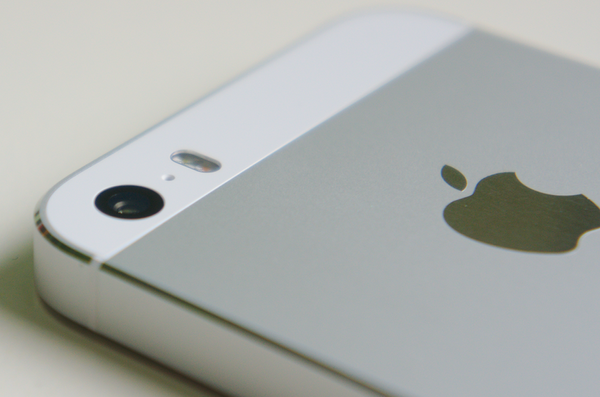iOS Vulnerability Allows Remote Code Execution Triggered by Image Files

A vulnerability in the way Apple iPhone, iPad, Apple Watch, Mac or Apple TV software processes images could allow attackers to gain full control over devices by sending victims malicious Tagged Image File Format (TIFF) files.
Triggering a buffer overflow in Apple”s Image I/O API, an attacker could allegedly run their own malicious code on the device and potentially gain access to information stored on the gadget. With some applications using the Image I/O API to automatically render images, the vulnerability is considerably more dangerous as it might not even require user interaction.
“This vulnerability is especially concerning as it can be triggered in any application that makes use of the Apple Image I/O API when rendering tiled TIFF images,” said Tyler Bohan from security firm Cisco Talos. “Depending on the delivery method chosen by an attacker, this vulnerability is potentially exploitable through methods that do not require explicit user interaction since many applications (ie iMessage) automatically attempt to render images when they are received in their default configurations.”
Filed as CVE-2016-4631, it”s estimated that the vulnerability could affect all iOS versions prior to 9.3.3, as Apple”s support page states the latest update contains a fix for the issue. However, it”s only available for iPhone 4s and later, iPod touch (5th generation) and later, and the iPad 2 and later.
Since the vulnerability is difficult to detect, everyone is strongly encouraged to update their Apple software to its latest version. While there have been no reports of in-the-wild attacks exploiting this vulnerability, unpatched devices will be vulnerable to this type of attack.
tags
Author
Liviu Arsene is the proud owner of the secret to the fountain of never-ending energy. That's what's been helping him work his everything off as a passionate tech news editor for the past few years.
View all postsRight now Top posts
How to Protect Your WhatsApp from Hackers and Scammers – 8 Key Settings and Best Practices
April 03, 2025
Outpacing Cyberthreats: Bitdefender Together with Scuderia Ferrari HP in 2025
March 12, 2025
Streamjacking Scams On YouTube Leverage CS2 Pro Player Championships to Defraud Gamers
February 20, 2025
How to Identify and Protect Yourself from Gaming Laptop Scams
February 11, 2025
FOLLOW US ON SOCIAL MEDIA
You might also like
Bookmarks








